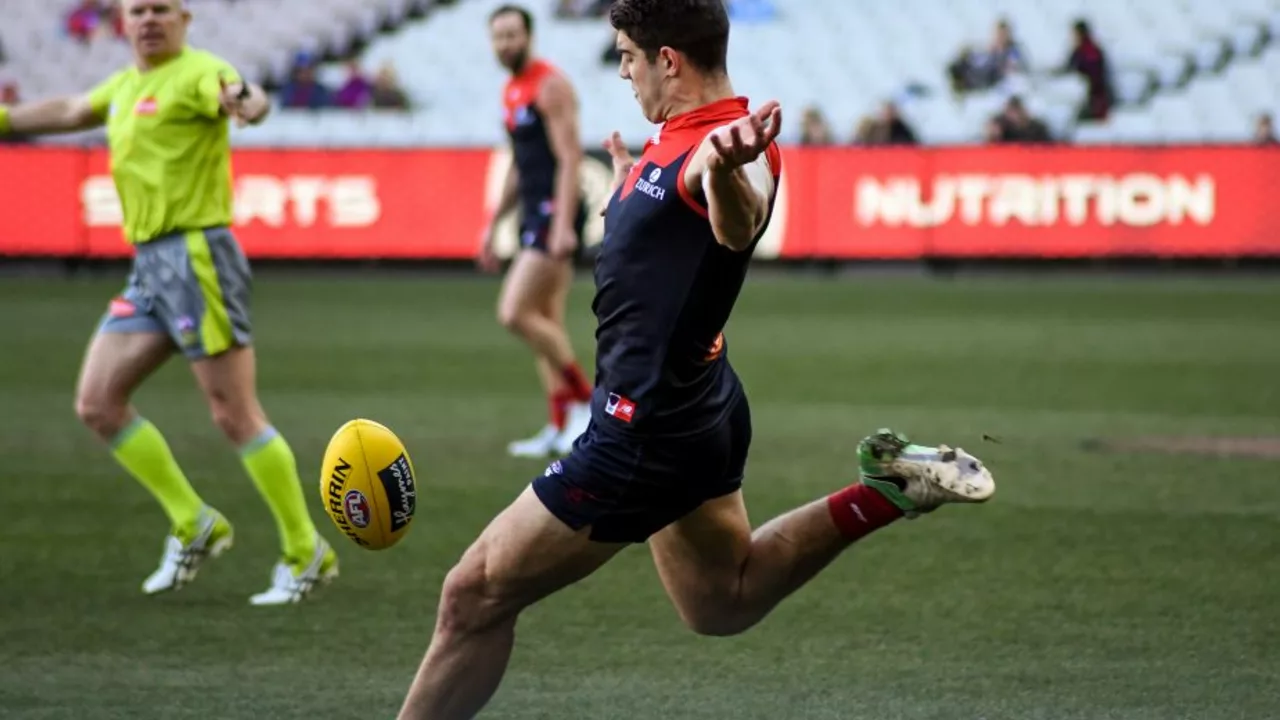Sports Comparison: How Soccer Stacks Up With Other Games
Ever wondered why soccer feels so different from basketball, rugby, or cricket? You’re not alone. Fans and players often ask which parts of the game are unique and which are shared. This guide breaks down the biggest differences in training, equipment, scoring and even fan culture, so you can see exactly how soccer compares.
Training: Soccer vs Other Sports
Professional soccer players train for stamina, ball control and quick decision‑making. A typical session mixes sprint drills, technical passing drills and short‑range strength work. The focus is on staying sharp for 90 minutes of constant movement. Compare that with basketball, where players do more vertical jumps and repeated short bursts, and rugby, where the emphasis is on heavy tackles and longer scrums.
Take a look at Bayern Munich’s recent match. Harry Kane scored a brace after a high‑intensity warm‑up that included agility ladders and speed cones. Those drills help a striker make sharp turns in the box, something you rarely see in a baseball batting practice. If you’re a teen player, copying a few of those drills—like a 30‑second sprint followed by a quick ball‑control circuit—can boost your game faster than just running laps.
Gear and Rules: What Sets Soccer Apart
When it comes to gear, soccer keeps it simple. Most players wear lightweight boots with either firm‑ground or soft‑ground studs. Spikes aren’t mandatory, but they give extra grip on wet pitches. One of our posts explains that spikes on firm‑ground cleats can improve turning, while soft‑ground shoes with rubber tips are better for muddy fields.
Unlike American football or hockey, soccer players don’t wear heavy padding or helmets. You won’t see a soccer player with a cup either—most rely on quick reflexes and proper technique to avoid low blows. If you need to deflate a ball for practice, just moisten the pump needle, insert it gently, and press lightly. The process takes a few seconds and avoids damaging the ball.
Other sports demand more protective gear. Rugby players sport mouthguards, shoulder pads and sometimes headgear. Basketball shoes have extra ankle support and cushioning, while cricket helmets protect the head from fast bowls. These differences shape how each sport feels on the field.
Scoring also tells a story. In soccer, a single goal can decide a match, as shown when Bayern beat Hamburg 5‑0 and Kane’s two goals turned the game early. In basketball, teams regularly hit 100‑plus points, and in rugby, a try is worth five points but penalties add up quickly. The low‑scoring nature of soccer makes every strike feel huge.
Fan culture adds another layer. African national teams like Nigeria’s Super Eagles bring vibrant chants, bright colors and a party atmosphere that rivals any European stadium. In contrast, American football fans focus on tailgate parties and halftime shows. These cultural quirks affect how you experience the sport, whether you’re watching from home or sitting in the stands.
So, what can you take away? If you love the endurance side of soccer, add interval sprints to your routine. If you’re curious about gear, try soft‑ground studs on a damp field and see the grip difference. And remember the scoring magic—every goal counts, so stay alert for those chances.
Ready to compare more? Grab a ball, set a timer, and try a short drill from a pro soccer warm‑up. Then switch to a basketball lay‑up routine. Feel the change in effort and see why each sport feels unique. That’s the fun of sports comparison—learning by doing.
